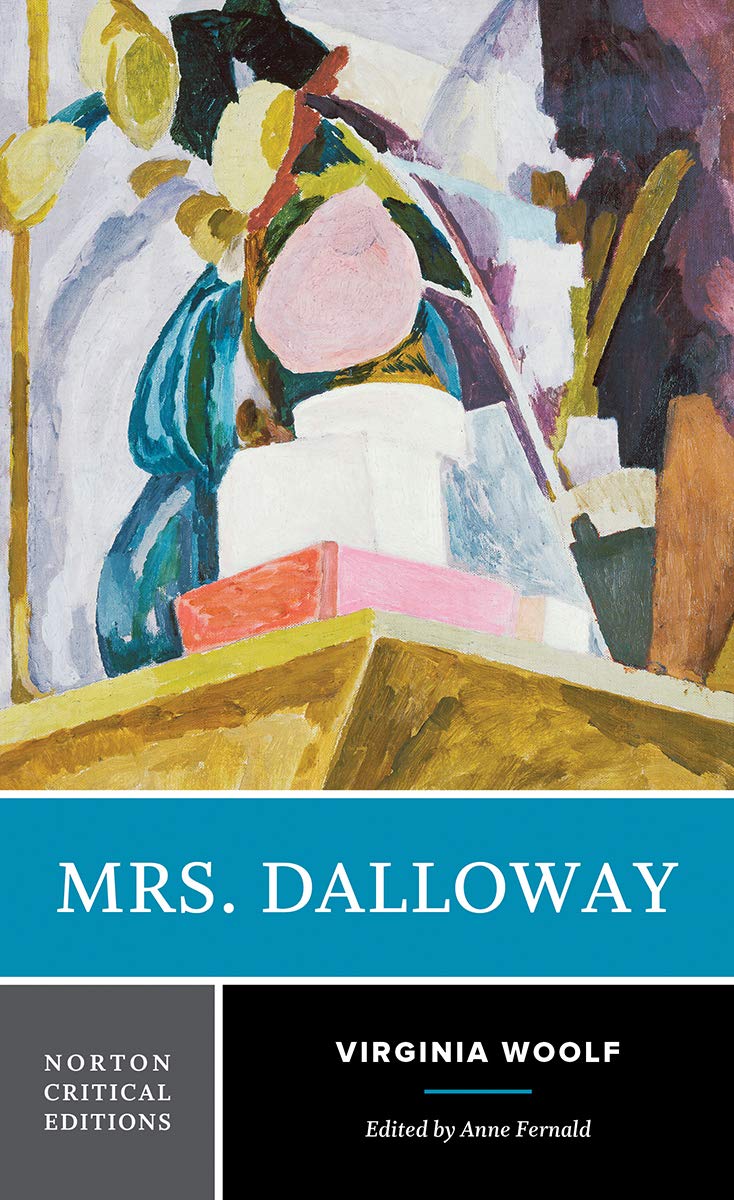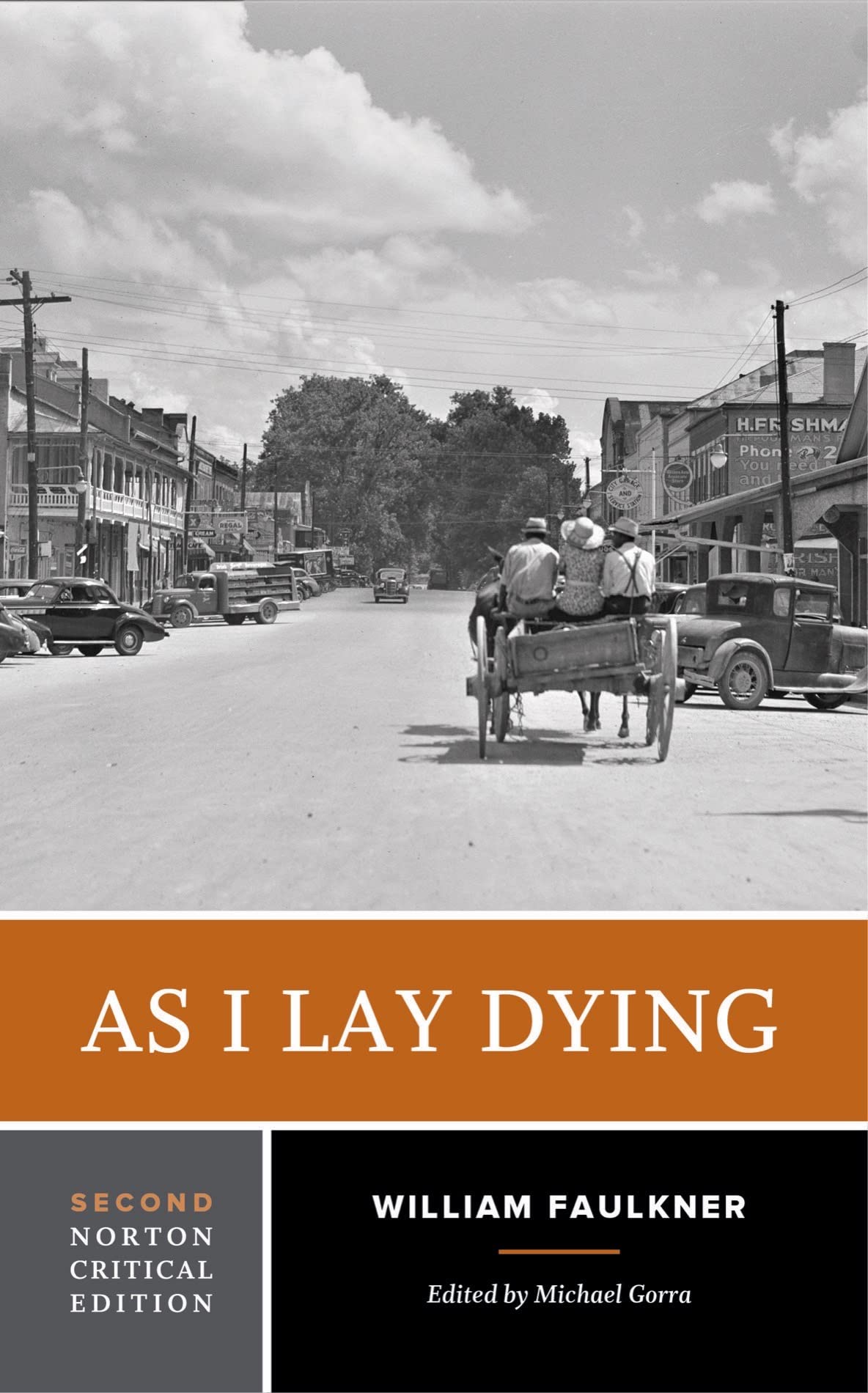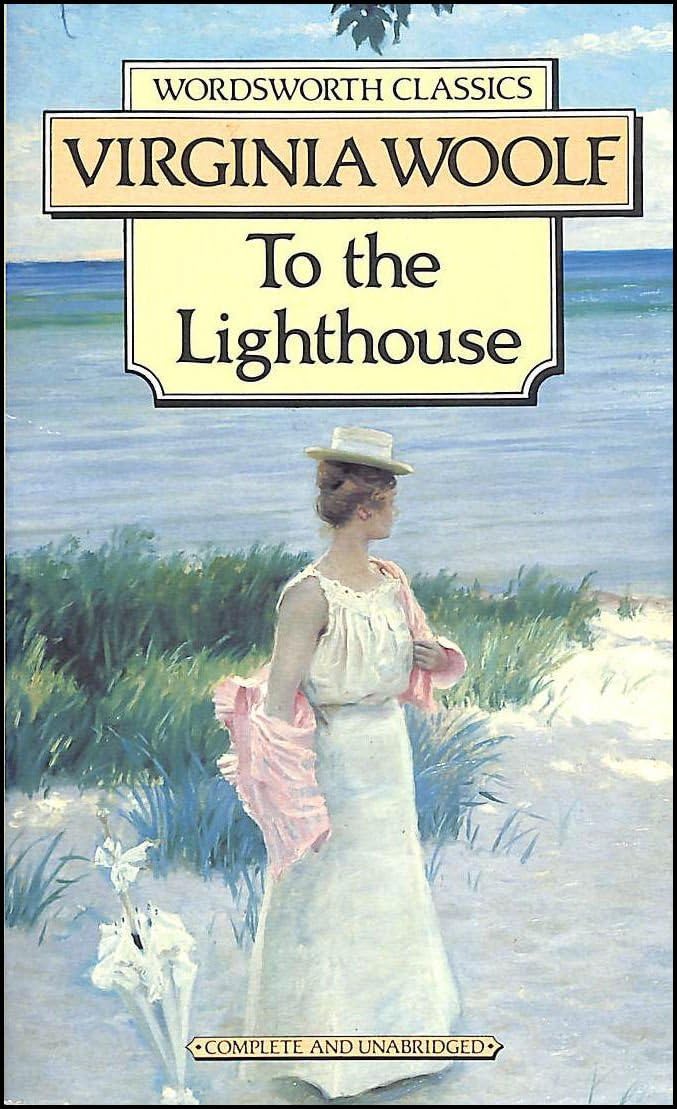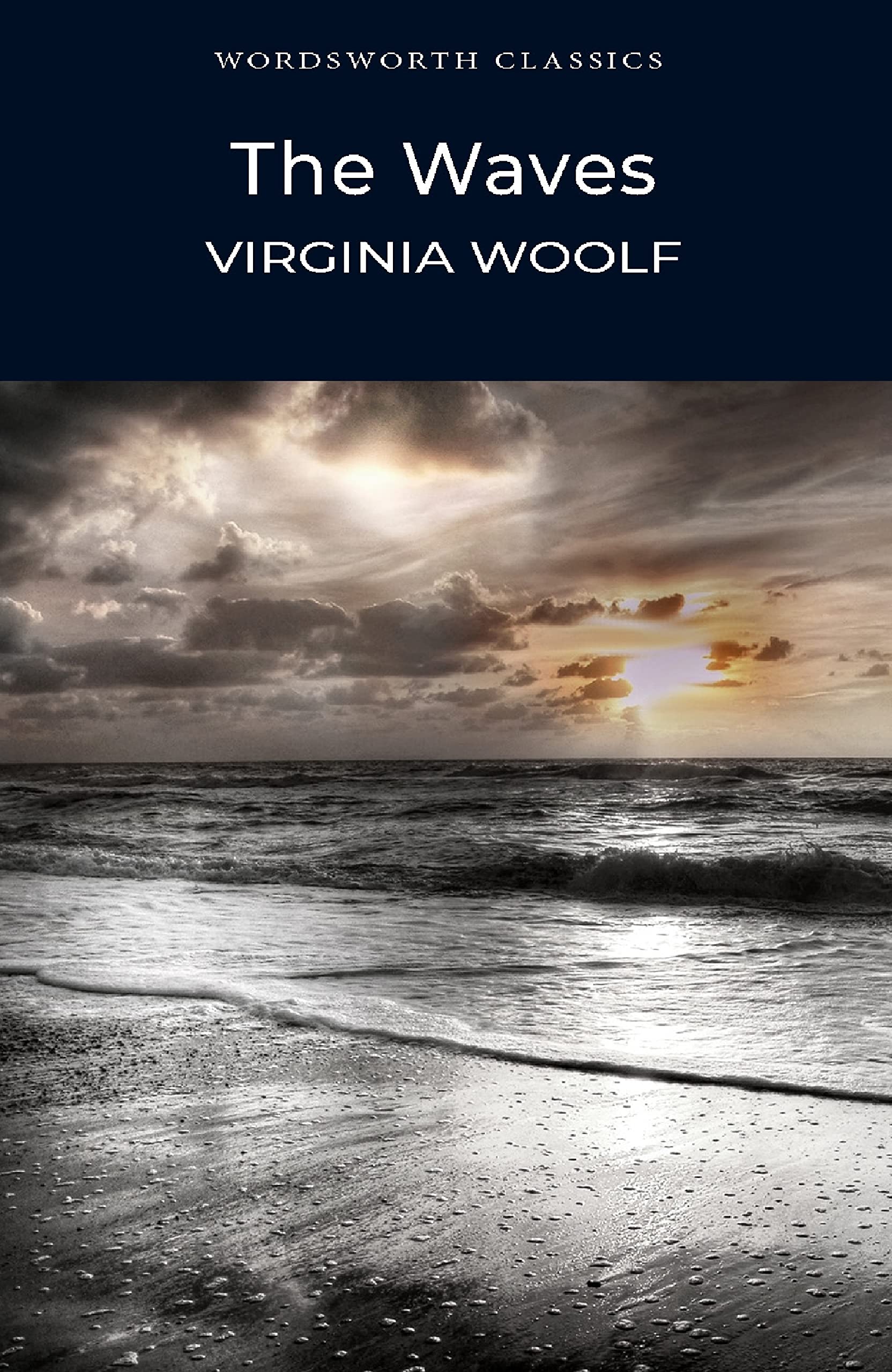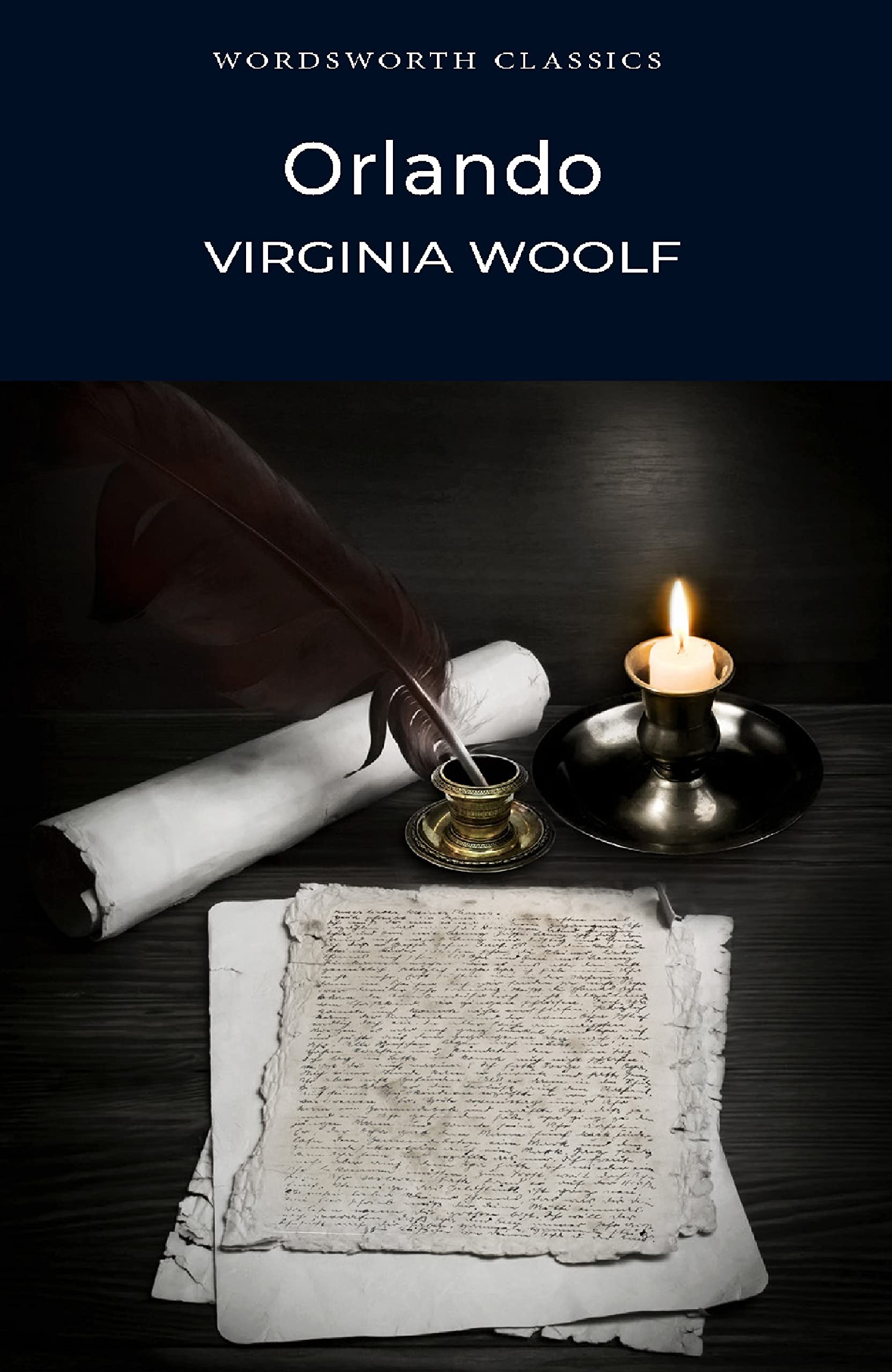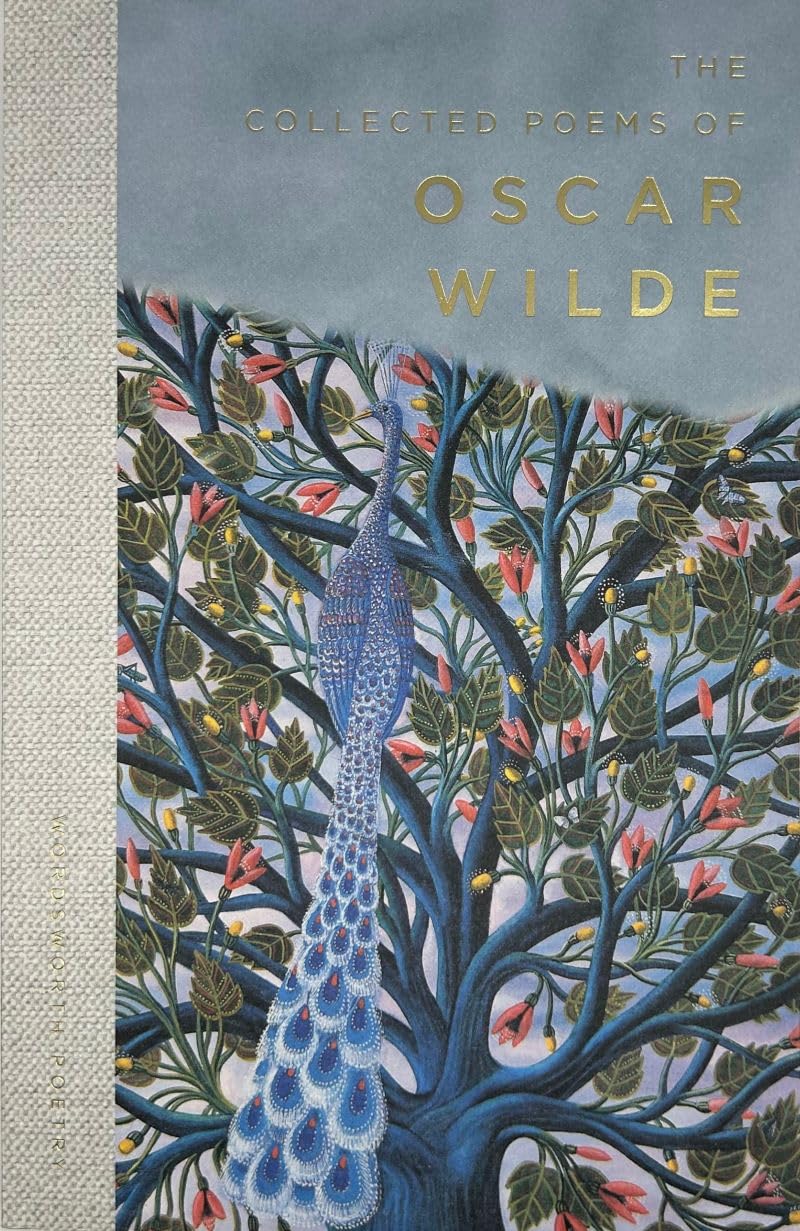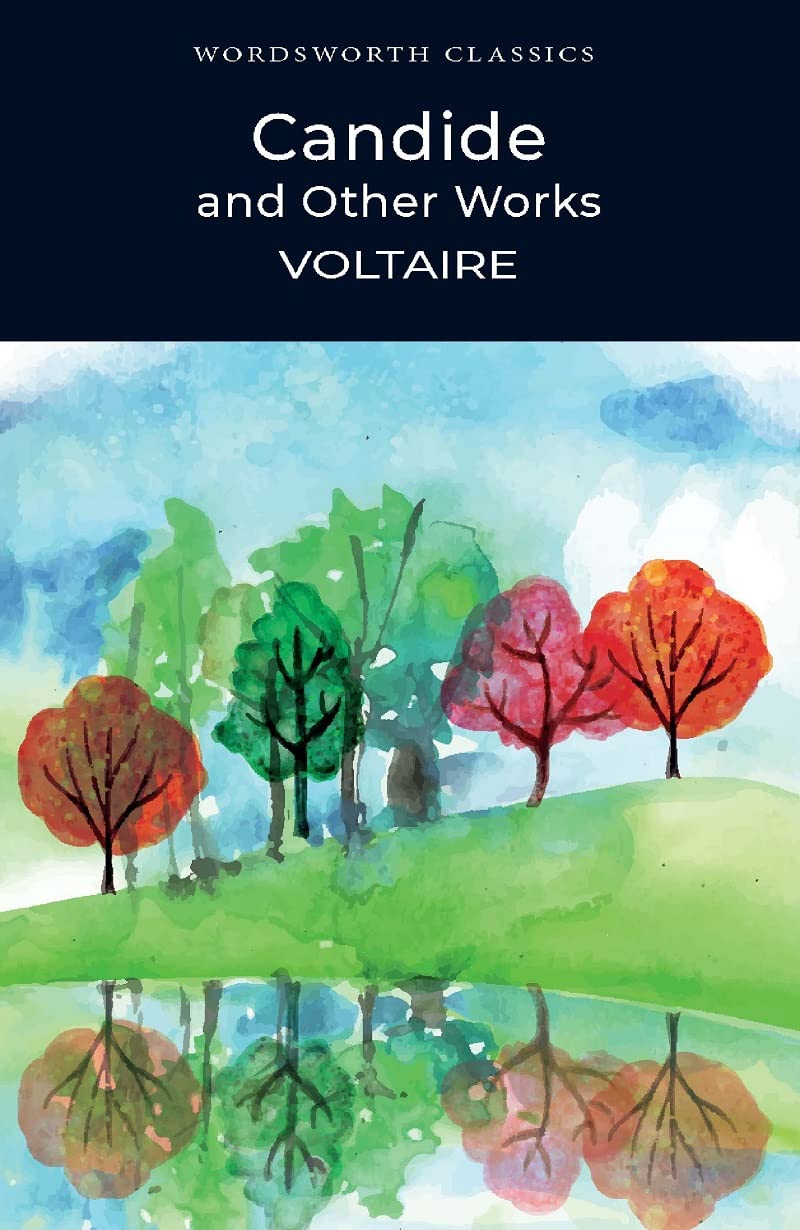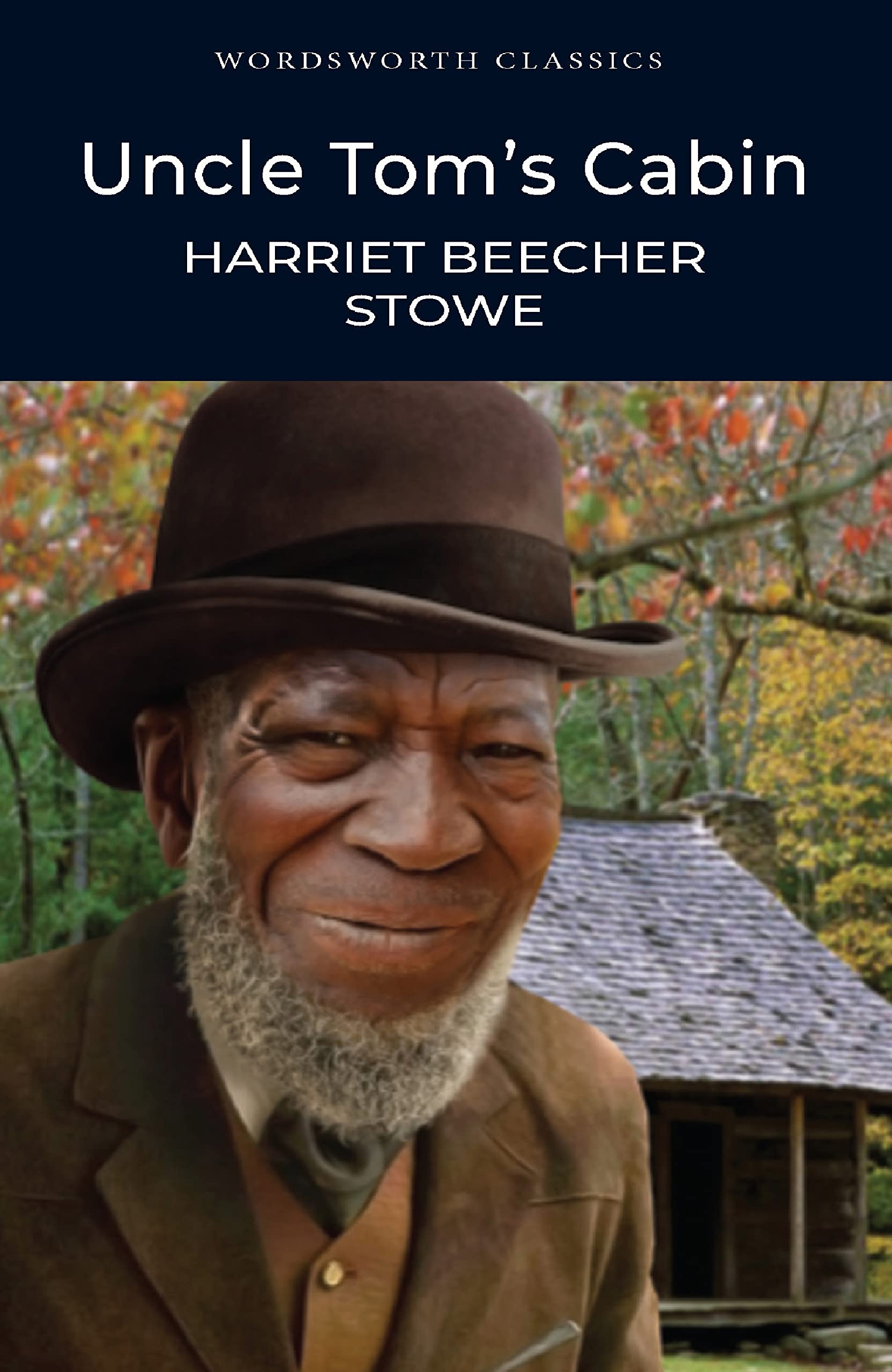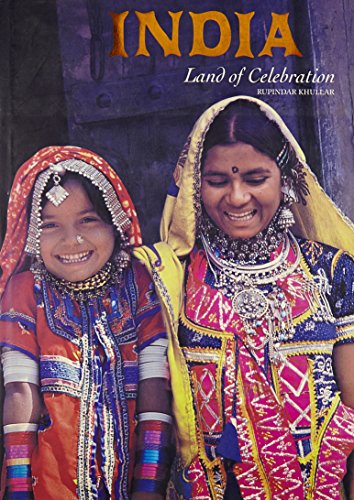Search Results for: university
12
Déc
Mrs. Dalloway: A Norton Critical Edition (Norton Critical Editions)
“Illuminating and original combination of biographical, historical, literary, and critical sources for Mrs. Dalloway by the leading Woolf scholar who edited the annotated edition of the novel. Diary and letter selections provide fresh contexts. Superb resource for teachers and students!”―Susan Stanford Friedman, University of Wisconsin, MadisonThis Norton Critical Edition includes: The 1925 first American edition text, introduced and annotated by Anne Fernald. A map of Mrs. Dalloway’s London. An unusually rich selection of contextual materials, including diary entries and letters related to the composition of the novel, essays, short stories, and biographical excerpts, and the only introduction that Virginia Woolf wrote to any of her novels. The voices of other writers are also included, allowing readers to consider the literary passages that influenced Woolf’s art and historical moment. Eight reviews of Mrs. Dalloway, from publication to the present day. A chronology and a selected bibliography.About the SeriesRead by more than 12 million students over fifty-five years, Norton Critical Editions set the standard for apparatus that is right for undergraduate readers. The three-part format―annotated text, contexts, and criticism―helps students to better understand, analyze, and appreciate the literature, while opening a wide range of teaching possibilities for instructors. Whether in print or in digital format, Norton Critical Editions provide all the resources students need.
12
Déc
As I Lay Dying: A Norton Critical Edition (Norton Critical Editions)
“Michael Gorra approaches his second edition of As I Lay Dying with the scholarly care, attention, and intellectual suppleness typical of all his work. Not only does his introduction sparkle―navigating us with ease and fluency through the history and significance of a novel that precisely because of what Gorra rightly calls its formal “perfect[ion]” is often admired less than Faulkner’s other, more “monumental” and “difficult” texts. But Gorra’s choice of supplementary materials also reflects his commitment to presenting his readers with a full and unflinching view of Faulkner as an American writer with an increasingly contentious position within the very canon he helped to shape.” ―Pardis Dabashi, Bryn Mawr College“Place and time play a significant role in the literature of the American South, yet this Critical Edition of As I Lay Dying offers a way of engaging with the work of William Faulkner beyond the traditional boundaries of Southern literature. The accessible readings and criticism that are part of this book allow readers to recognize the ways As I Lay Dying―and all of Faulkner’s literary work―captured an idea of the American South while at the same time uncovering something universal and profound about the human condition.” ―W. Ralph Eubanks, University of MississippiThis Norton Critical Edition is based on the 1985 corrected text and is accompanied by newly updated and expanded explanatory annotations and an introduction by Michael Gorra.“Backgrounds and Contexts” is divided into three sections, each of which includes a concise introduction by Michael Gorra that carefully frames the issues presented, with particular attention to As I Lay Dying’s place in Faulkner’s literary life. “Contemporary Reception” includes a selection of seven reviews, including those by Julia K. W. Baker, Henry Nash Smith, and Valery Larbaud. “The Writer and His Work” examines Faulkner’s own claims regarding the composition of the novel and his changing opinions over time, sample pages from the manuscript, his Nobel Prize address, and additional writings by Faulkner on Yoknapatawpha County. “Cultural Context” reprints seven essays and advertisements―three selections new to the Second Edition―along with other materials that address questions of Southern motherhood, Agrarianism, and the Southern grotesque.“Criticism” begins with the editor’s introduction to As I Lay Dying’s critical history and scholarly reception. Eleven critical essays are included―five new to the Second Edition―by Olga W. Vickery, Cleanth Brooks, Eric Sundquist, Doreen Fowler, Dorothy J. Hale, Patrick O’Donnell, John T. Matthews, John Limon, Richard Godden, Susan Scott Parrish, and Erin E. Edwards.A chronology and a selected bibliography are also included.
12
Déc
To the Lighthouse (Wordsworth Classics)
With an Introduction and Notes by Dr Nicola Bradbury, University of Reading.This simple and haunting story captures the transcience of life and its surrounding emotions.To the Lighthouse is the most autobiographical of Virginia Woolf's novels. It is based on her own early experiences, and while it touches on childhood and children's perceptions and desires, it is at its most trenchant when exploring adult relationships, marriage and the changing class-structure in the period spanning the Great War.
12
Déc
The Waves (Wordsworth Classics)
Introduction and Notes by Deborah Parsons, University of Birmingham.'I am writing to a rhythm and not to a plot', Virginia Woolf stated of her eighth novel, The Waves. Widely regarded as one of her greatest and most original works, it conveys the rhythms of life in synchrony with the cycle of nature and the passage of time. Six children - Bernard, Susan, Rhoda, Neville, Jinny and Louis - meet in a garden close to the sea, their voices sounding over the constant echo of the waves that roll back and forth from the shore.The subsequent continuity of these six main characters, as they develop from childhood to maturity and follow different passions and ambitions, is interspersed with interludes from the timeless and unifying chorus of nature. In pure stream-of-consciousness style, Woolf presents a cross-section of multiple yet parallel lives, each marked by the disintegrating force of a mutual tragedy.The Waves is her searching exploration of individual and collective identity, and the observations and emotions of life, from the simplicity and surging optimism of youth to the vacancy and despair of middle-age.
12
Déc
Orlando (Wordsworth Classics)
With an Introduction and Notes by Merry M. Pawlowski, Professor and Chair, Department of English, California State University, Bakersfield.Virginia Woolf's Orlando 'The longest and most charming love letter in literature', playfully constructs the figure of Orlando as the fictional embodiment of Woolf's close friend and lover, Vita Sackville-West. Spanning three centuries, the novel opens as Orlando, a young nobleman in Elizabeth's England, awaits a visit from the Queen and traces his experience with first love as England under James I lies locked in the embrace of the Great Frost.At the midpoint of the novel, Orlando, now an ambassador in Costantinople, awakes to find that he is a woman, and the novel indulges in farce and irony to consider the roles of women in the 18th and 19th centuries.As the novel ends in 1928, a year consonant with full suffrage for women. Orlando, now a wife and mother, stands poised at the brink of a future that holds new hope and promise for women.
12
Déc
The Collected Poems of Oscar Wilde (Wordsworth Poetry Library)
With an Introduction, Notes and Bibliography by Anne Varty, Royal Holloway, University of London.Wilde, glamorous and notorious, more famous as a playwright or prisoner than as a poet, invites readers of his verse to meet an unknown and intimate figure. The poetry of his formative years includes the haunting elegy to his young sister and the grieving lyric at the death of his father. The religious drama of his romance with Rome is captured here, as well as its resolution in his renewed love of ancient Greece.He explores forbidden sexual desires, pays homage to the great theatre stars and poets of his day, observes cityscapes with impressionist intensity. His final masterpiece, 'The Ballad of Reading Gaol', tells the painful story of his own prison experience and calls for universal compassion.This edition of Wilde's verse presents the full range of his achievement as a poet.
12
Déc
Spongebob Underwater Math Adventure: K-1 (Nick, Jr.)
With an Introduction and Notes by Dr Emily Alder, Lecturer in Literature and Culture at Edinburgh Napier University'Each time I dip a living creature into the bath of burning pain, I say: this time I will burn out all the animal, this time I will make a rational creature of my own!' declares Doctor Moreau to hapless narrator Edward Prendick.Moreau's highly controversial methods and ambitions conflict with the religious, moral and scientific norms of his day and Wells later called The Island of Doctor Moreau 'a youthful exercise in blasphemy'. Today his vivid depictions of the Beast People still strike modern readers with an uncanny glimpse of the animal in the human, while the behaviour of humans leave us wondering who is the most monstrous after all.This volume unites four of Wells' liveliest and most engaging tales of the strange evolution and behaviour of animals - including human beings. The Island of Doctor Moreau is followed by three fantastic yet chillingly plausible short stories of human-animal encounters. The Empire of the Ants is a darkly humorous account of intelligent Amazonian ants threatening to displace humans as 'the lords of the future and masters of the earth'. In The Sea Raiders, the south coast of England is terrorized by an unwelcome visit from deep-sea predator Haploteuthis ferox, while AEpyornis Island provides a marooned egg collector with an unusual companion.
12
Déc
Candide and Other Works (Wordsworth Classics)
With an Introduction and Notes by James Fowler, Senior Lecturer in French, University of Kent Voltaire is one of the three greatest French writers of the eighteenth century. He fought against religious persecution, bigotry and injustice throughout his life, and is one of the thinkers who prepared the way for the French Revolution. This volume contains: Zadig (1748), the story of a young man who becomes king of Babylon: Candide (1759), Voltaire's most famous tale of all: and (in a new translation by Editor James Fowler) The Ingenu (1767), in which the hero, raised by Huron Indians, discovers the ways of Europe. The heroes of these tales are young, handsome, talented, and naive. All three are animated by Voltaire's sparkling wit, but also by his dark satire of ancient regime society. The volume closes with a new translation of Nanine, Voltaire's three-act comedy which was seen, first as dangerously meritocratic, then as anti-revolutionary. The hero falls in love with a servant girl: but will he overcome society's prejudice and marry her?
12
Déc
Uncle Tom’s Cabin (Wordsworth Classics)
Editedand with an Introduction and Notes by Dr Keith Carabine. University of Kent at Canterbury.Uncle Tom's Cabin is the most popular, influential and controversial book written by an American. Stowe's rich, panoramic novel passionately dramatises why the whole of America is implicated in and responsible for the sin of slavery, and resoundingly concludes that only 'repentance, justice and mercy' will prevent the onset of 'the wrath of Almighty God!'.The novel gave such a terrific impetus to the crusade for the abolition of slavery that President Lincoln half-jokingly greeted Stowe as'the little lady' who started the great Civil War. As Keith Carabine argues in his lively and provocative Introduction, the novel immediately provoked a storm of competing and contradictory responses among Northern and Southern readers, moderate and radical abolitionist groups, blacks and women, with regard to issues of form, genre, politics, religion, race and gender, that are still of great interest because they anticipate the concerns that vex and divide modern readers and critical constituencies.
12
Déc
India: Land of Celebration
Dracula and Dracula's Guest & Other Stories Edited and Introduced by David Stuart DaviesThe above is followed with a rich collection of Stoker's macabre tales including Dracula's Guest (which was omitted from the final version of Dracula): a devilishly dangerous haunted room in 'The Judge's House': a fatalistic tragedy in 'The Burial of the Rats': a terror of revenge from beyond the grave in 'The Secret of Growing Gold', and a surprising twist in the tail in 'The Gypsy's Prophecy'. Other strange and frightening episodes provide a feast of terror for those readers who like to be unnerved as well as entertained.DraculaIntroduction and Notes by Dr David Rogers, Kingston University'There he lay looking as if youth had been half-renewed, for the white hair and moustache were changed to dark iron-grey, the cheeks were fuller, and the white skin seemed ruby-red underneath: the mouth was redder than ever, for on the lips were gouts of fresh blood, which trickled from the corners of the mouth and ran over the chin and neck. Even the deep, burning eyes seemed set amongst the swollen flesh, for the lids and pouches underneath were bloated. It seemed as if the whole awful creature were simply gorged with blood: he lay like a filthy leech, exhausted with his repletion.' Thus Bram Stoker, one of the greatest exponents of the supernatural narrative, describes the demonic subject of his chilling masterpiece Dracula a truly iconic and unsettling tale of vampirism.
